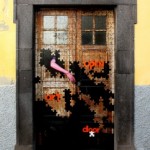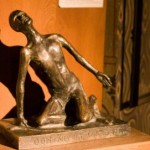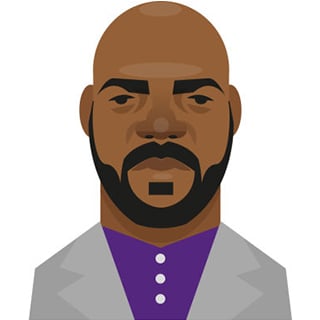The field tells none of its turned story 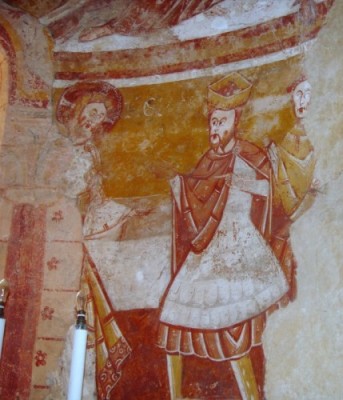
it lies under its low cloud
like a waiting river
The dead made this field
out of their hunger
out of what they had been told
out of the pains and shadows
out of turning
and coming back singing
about another time.
— W. S. Merwin
Run Jesus! Herod wants to kill you.
In Scripture and in art there are images of Jesus doing so many things – praying, walking, knocking on doors, gathering crowds, climbing hills, calling disciples, writing in the sand with his finger, sharing bread, preaching, weeping – but never running. This is neither the first nor the last time someone will tempt him to fear. It is a temptation urged upon him by people who love him. It is a temptation to which Jesus does not give in.
But that doesn’t mean Jesus is impervious to fear, it means as he himself says, that he has work to do and he hasn’t finished yet. He stays his course, in commitment to what he has to do. He does not let Herod distract him. He does not let Herod coopt him, in fear, in flight, or in fury.
 Herod is worth running from. His reputation as the foremost biblical bully has lasted for two thousand years. In fact, as a bully, he is iconic. The icon fuses several Herods, father and sons, all of whom lived in Jesus’ lifetime. And the icon crosses cultures, living in all times.
Herod is worth running from. His reputation as the foremost biblical bully has lasted for two thousand years. In fact, as a bully, he is iconic. The icon fuses several Herods, father and sons, all of whom lived in Jesus’ lifetime. And the icon crosses cultures, living in all times.
The Encyclopedia Brittanica describes Herod as rising to power on the shoulders of the Roman Empire, in an alliance forged by Herod’s father in 63BC when Pompey invaded Palestine. “Six years later Herod met Marc Antony, whose lifelong friend he was to remain. Herod made his political debut in the same year, when his father appointed him governor of Galilee. Six years after that Mark Antony made him tetrarch of Galilee. Soon the Roman senate nominated him king of Judaea and equipped him with an army to make good his claim.
In the year 37 BC, at the age of 36, Herod became unchallenged ruler of Judaea, a position he was to maintain for 32 years. Unfortunately, there was a dark and cruel streak in Herod’s character that showed itself increasingly as he grew older. He altered his will three times and finally disinherited and killed his firstborn son. The slaying, shortly before his death, of the infants of Bethlehem was wholly consistent with the disarray into which he had fallen. In rhe end he divided his kingdom between three of his sons, Arcihlaus, Philip, and Antipas.” The article details his vast building projects, whole cities like Cesarea, which were mostly pagan and welcomed the world, aqueducts, bridges, roads, palaces, and the Jerusalem Temple, which he hugely expanded. Rome had not found the Israelites willing to adapt to the Empire or to adopt its ways. Herod, through a combination of brute force and public works construction, brought Israel to heel.
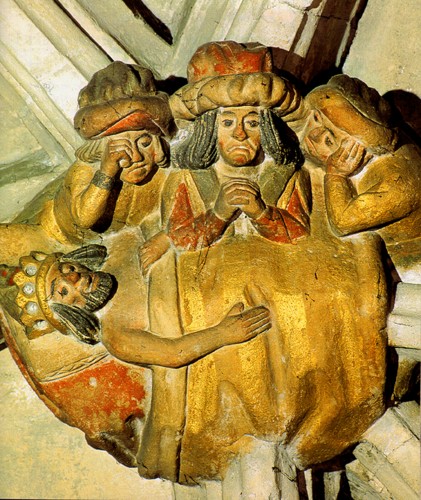 Herod was not so much a despot as a manipulator, which is a bully’s prime talent. His trade was quelling resistance and achieving a working order. Money, work, and opulence were among his weapons. His works were huge, elaborate, costly.
Herod was not so much a despot as a manipulator, which is a bully’s prime talent. His trade was quelling resistance and achieving a working order. Money, work, and opulence were among his weapons. His works were huge, elaborate, costly.
Jesus’ works are human, disarmingly simple, freely given, and liberating. Knowing this about himself, Jesus says that he is the hen, Herod the fox. He wishes he could gather Jerusalem as a hen gathers her brood under her wings.
The homely hen, who has lived in the backyards of humans for thousands of years, is selfless in her devotion to her little ones, even more defenseless than she. She has no defenses against the arts and wiles of foxes except her courage and commitment. She will rush to their sharp teeth and long claws, their looming shadow, their fierce bloodlust, throwing herself upon the bodies of her chicks, extending her wings over them, letting herself be devoured in the hope that they may be spared. She does not run from her fears.
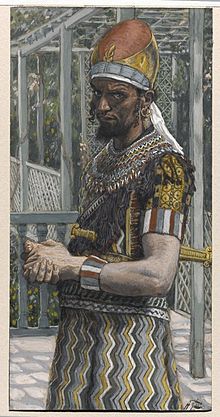 Jesus names himself Hen when That Fox, Herod, is coming. Herod saw himself as builder, an enhancer of cities and the Temple. Jesus saw all of these as structures in which people were pent and devoured.
Jesus names himself Hen when That Fox, Herod, is coming. Herod saw himself as builder, an enhancer of cities and the Temple. Jesus saw all of these as structures in which people were pent and devoured.
I have gone out from my confinements, though with difficulty.
I mean the ones that thought to rule my heart.
I cast them out, I put them on the mush pile.
They will be nourishment somehow (everything is nourishment
somehow or another).
And I have become the child of the clouds, and of hope.
— Mary Oliver, in Evidence
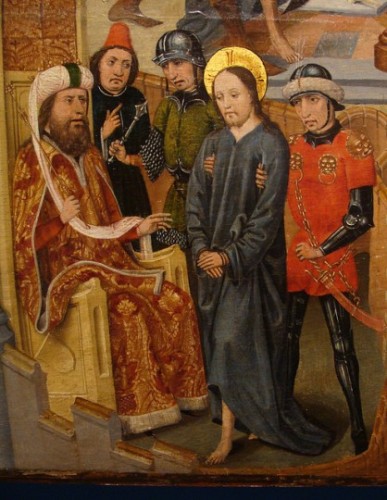 Herod cannot say this, but Jesus does, and invites us into that hope, those clouds.
Herod cannot say this, but Jesus does, and invites us into that hope, those clouds.
A conversation I have often had is this: someone will wonder aloud, if I had done something else with my life, would I have been happier, more accomplished? Now I am out of time and without great deeds.
There are quiet tears in this question, the scars of deep disappointments and the pall of pettiness that spoils too many days, fox bites that have dimmed dreams.
The days like great black oxen tread the world, and I am trampled by their passing feet. – Isak Dinesen, in Out of Africa.
Part of the way Jesus spreads his wings over us is that we, too, find in our work courage to face ugly dangers, to let life bite deeply into our flesh and shelter those in our care. Work is for us what it was for Jesus, a compass in the midst of the devouring days in which we walk, pray, open doors, share bread, speak, weep, call out to one another, write something in the sands of time.
Like Jesus, we have been able, through our work, to be faithful, not enthroned by it but true to its commitments, in our time.
___________________________________
Illustrations:
1. Herod Antipas, St. Martin Church, Nohant-Vic, France. 1135 – 1140.
from Art in the Christian Tradition, Vanderbilt Divinity School Library
2. Herod Orders Martyrdom of John the Baptist. 1508-1519 Cathedrale dAmeins, France. Vanderbilt Divinity School Library, Art in the Christian Tradition.
3. Herod Lies in Bed Dying. Early 16th c. Roof Boss, Norwich Cathedral, England, Image from article on Medieval Imagination.
4. Herod. by James Tissot. Brooklyn Museum, NY. Image from Wikipedia page for Herod Antipas.
5. Herod Antipas Judges Jesus, Scenes from the Passion, Brabant Museum, Belgium, M. Leuven.







